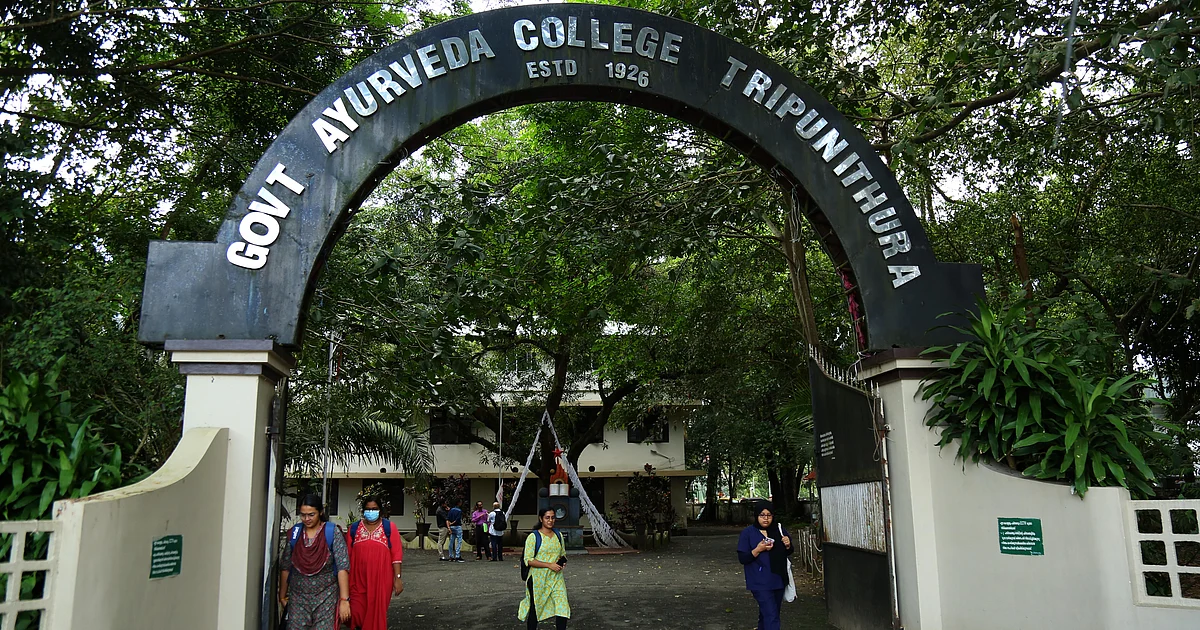
The big leap
The most striking leap came in 2005, when the then-president A P J Abdul Kalam inaugurated a new 480-bed hospital. The facility handles everything from piles and fistula surgeries to leech therapy for gangrene and treatments for diabetes-related complications.
“Leech therapy is one of our strengths. Modern medicine often suggests amputation for gangrene. But with leech therapy, blood circulation is restored, skin regains normal colour, and the limb is saved,” Dr Jayan explains.
In keeping with its growth, the college also reached out to the community, adopting Thiruvaniyoor and Ambalipuram panchayats, and organising regular medical camps across the city and the larger Ernakulam district.
“Ayurveda,” reminds Dr Sunil John, another associate professor, “is rooted in nature. The body, after all, is made of five elements — earth, fire, water, wind and sky. Treatments vary according to constitution, so no two treatments are alike. Modern research struggles with this variability, but it is Ayurveda’s strength.”
“That’s why the WHO itself has set up a research centre for Ayurveda in Gujarat,” he adds.
Dr Jayan chips in, saying, “Ayurveda to Kerala is what oil is to the Gulf. If marketed right, it could generate thousands of crores in revenue. But we need better facilities to attract more medical tourists. Deluxe rooms, hygiene, and trained staff. Our treatments are excellent, but our infrastructure lags.”
Source link

